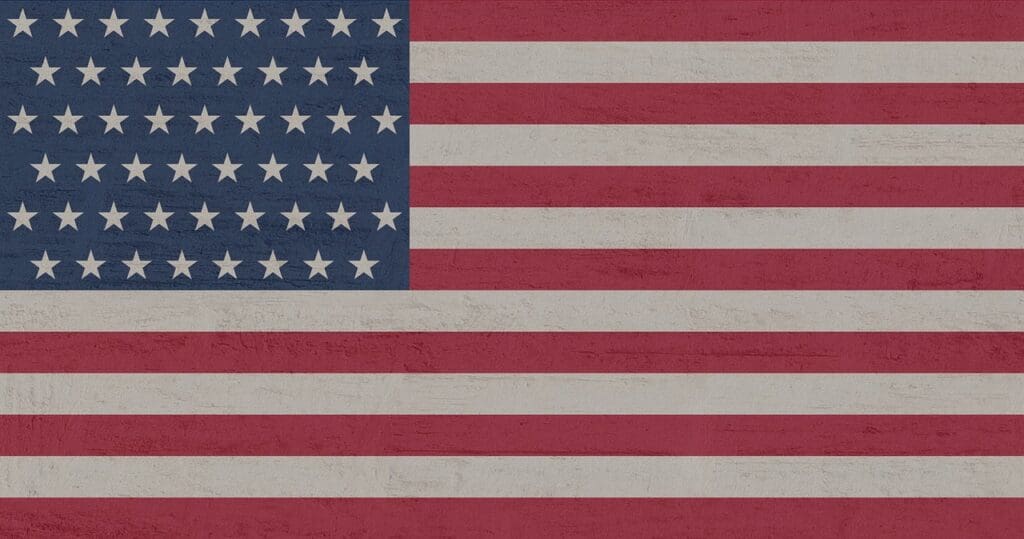

Guidelines for Display of the Flag
Public Law 94-344, known as the Federal Flag Code, contains rules for handling and displaying
the U.S. flag. While the federal code contains no penalties for misusing the flag, states have
their flag codes and may impose penalties. The language of the federal code makes clear
that the flag is a living symbol.
In response to a Supreme Court decision that held that a state law prohibiting flag burning
was unconstitutional, Congress enacted the Flag Protection Act in 1989. It provides that anyone
who knowingly desecrates the flag may be fined and/or imprisoned for up to one year. However,
this law was challenged by the Supreme Court in a 1990 decision that the Flag Protection Act
violates the First Amendment free speech protections.
Important Things to Remember
Traditional guidelines call for displaying the flag in public only from sunrise to sunset. However,
the flag may be displayed at all times if it’s illuminated during darkness. The flag should not be
subject to weather damage, so it should not be displayed during rain, snow, and wind storms
unless it is an all-weather flag.
It should be displayed often, but especially on national and state holidays and special
occasions.
The flag should be displayed on or near the main building of public institutions, schools during
school days and polling places on election days. It should be hoisted briskly and lowered
ceremoniously.
